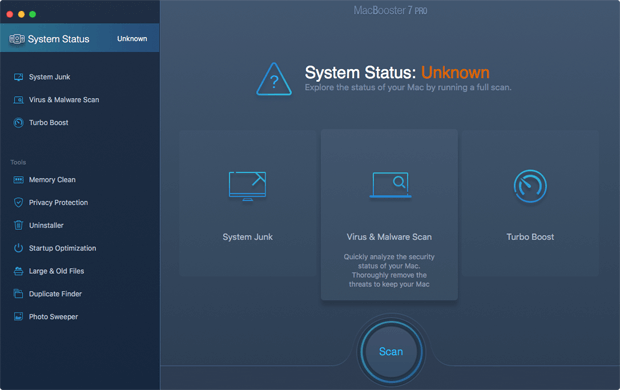The cache memory of RAM is a very small portion of the standard memory of your system, but the cache memory operates at a very high speed, allowing the applications/ programs to utilize its speed to run its users faster. But, sometimes due to memory leak or some bad exe files the amount of free cache memory can decrease, which eventually slows down your computer.
Select the drive you want to clean up, and then select OK. Under Files to delete, select the file types to get rid of. To get a description of the file type, select it. If you need to free up more space, you can also delete system files: In Disk Cleanup, select Clean up system files. Select the file types to get rid of. Restart the Windows 10 System The best way to clear the Windows memory cache is just to turn off the system and turn it on again. When trying to restart the system, Windows will either complete all the pending tasks or abandons them as needed.
Make your computer automatically clear RAM cache memory-
Follow these easy steps to free cache memory on your system-
1. Download EmptyStandbyList on your computer.
2. Choose a particular place and then click on 'Save' to save the application.
Close the browser window.
3. Click on the Search box beside Windows icon and type 'Task Scheduler'.
4. Click on 'Task Scheduler' from the elevated Search result to open Task Scheduler. Markdownsharp.
5. In the Task Scheduler window, on the right-hand side, click on 'Create Task…'.
6. In Create Task window, name the task 'Cache Cleaner'.
7. Now, click on 'Create User or Groups…'.

8. Click on 'Advanced'.
9. In Select User or Groups window, click on 'Find Now'.
10. In the Search results: scroll down and then select 'SYSTEM'.
11. Finally, click on 'OK' to save the changes.
12. Now, click on 'OK' to save the changes.
13. Coming back to Create Task window, checkthe option 'Run with highest privileges'.
14. Click on the drop-down beside ‘Configure for:' and select 'Windows 10'.

8. Click on 'Advanced'.
9. In Select User or Groups window, click on 'Find Now'.
10. In the Search results: scroll down and then select 'SYSTEM'.
11. Finally, click on 'OK' to save the changes.
12. Now, click on 'OK' to save the changes.
13. Coming back to Create Task window, checkthe option 'Run with highest privileges'.
14. Click on the drop-down beside ‘Configure for:' and select 'Windows 10'.
15. Now, go to the 'Triggers' tab.
16. Click on 'New…'.
17. In the New Trigger window, under ‘Advanced settings‘ set the ‘Repeat task every:' to '5 minutes'.
18. And set ‘for a duration of:‘ to 'Indefinitely'.
19. In the same window, checkthe option 'Enabled'.
20. Click on 'OK' to save the trigger settings.
21. Now, go to the 'Actions' tab.
22. Then, click on 'New…'.
23. In the New Action window, click on 'Browse'.
24. Now, navigate to the location where you have downloaded the ‘EmptyStandbyList‘ application.
25. Select the application and then click on 'Open'.
26. Now, click on 'OK' to save the action.
27. Coming back to the 'Create Task' window, click on 'OK' to save the task.
28. In the Task Scheduler window, click on 'Refresh' to refresh the tasks list.
That's it! From now on at a regular interval of 5 minutes, this ‘Cache Cleaner‘ task will automatically run on your computer to clean cache memory.
NOTE–
In case if you want to delete this task, follow these simple steps to do so-
1. In the Task Scheduler window, on the left hand, select 'Task Scheduler Library'.
2. On the right-hand side of the same window, scroll down to see the task 'Cache Cleaner'.
3. Now, right-click on 'Cache Cleaner'.
4. Then, click on 'Delete' to delete the task from your computer. Github markdown website template.
5. Click on 'Yes' when you will be asked for confirmation.
The ‘Cache Cleaner‘ task will be deleted from your computer.
Sambit is a Mechanical Engineer By qualification who loves to write about Windows 10 and solutions to weirdest possible problems.

